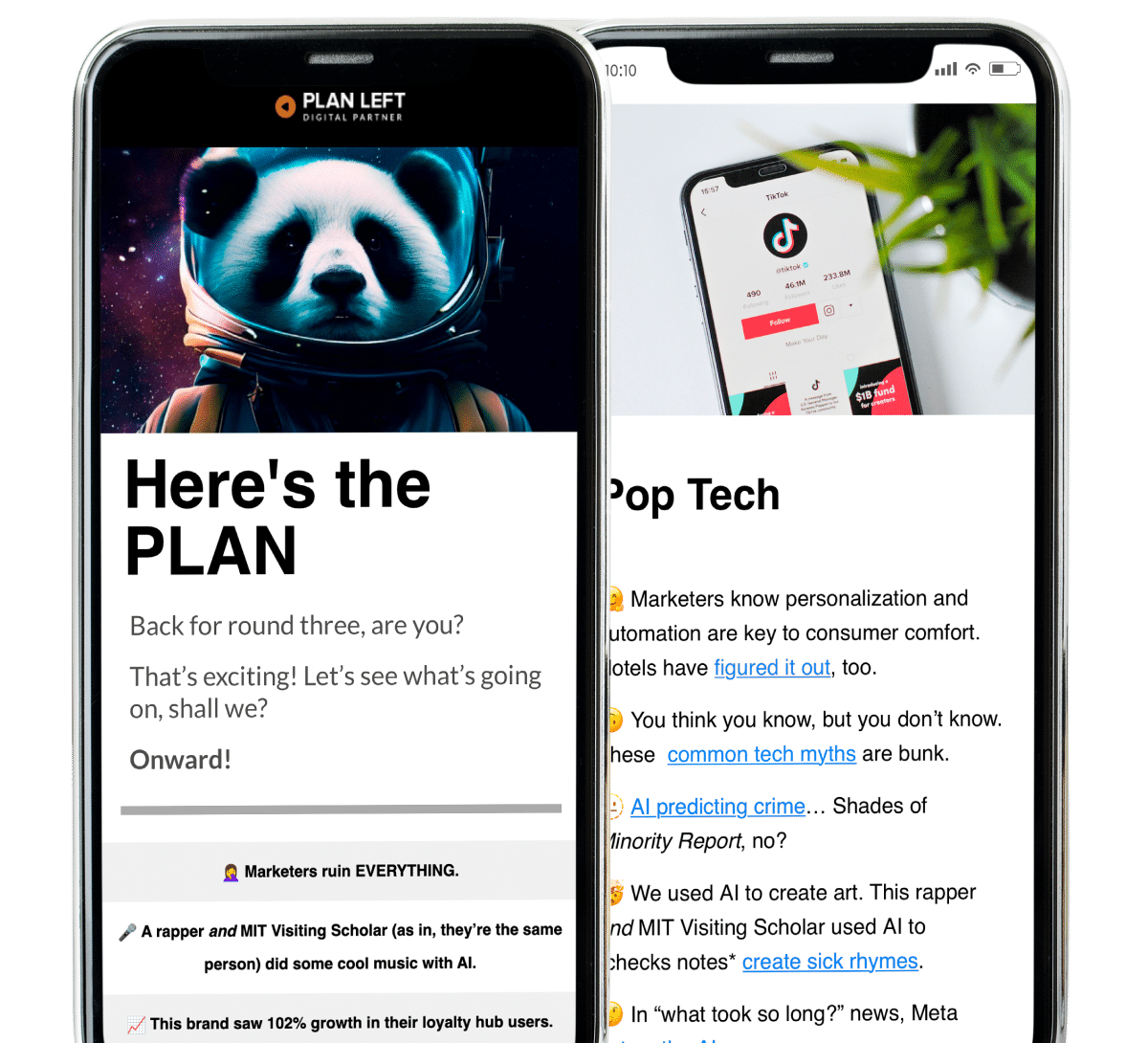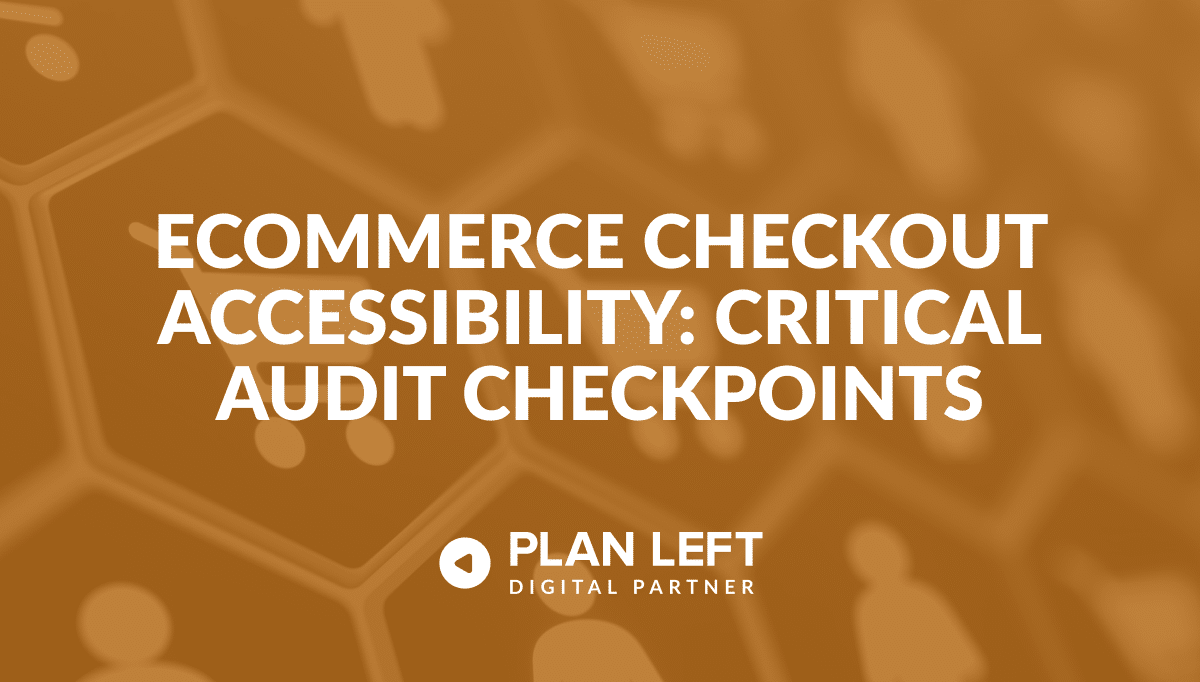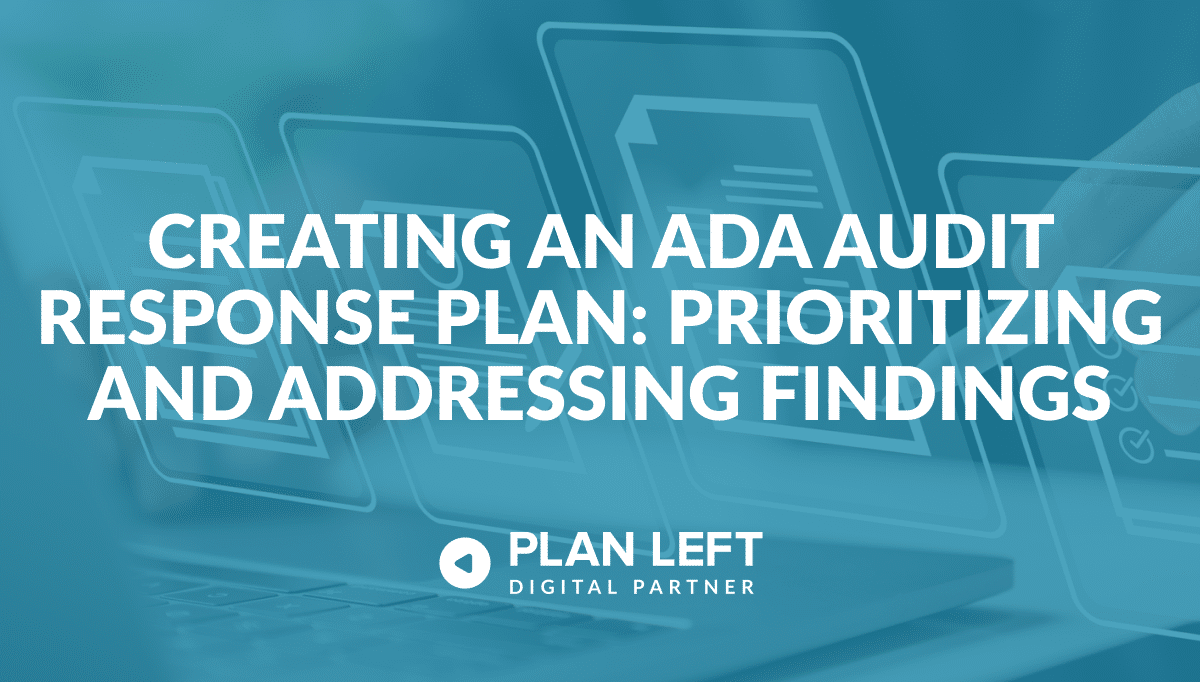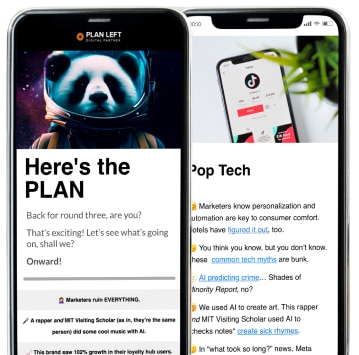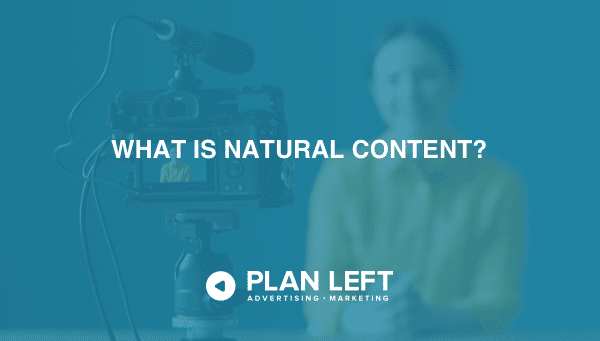
Updated Content on 7/04/2023
Content strategies and best practices, as circulated through the marketing world, have changed many times over the past few years. From “write as much as you can” to “long-form content is best,” there’s always been a wealth of opinions and research. Perhaps the most overarching content practice of late is “natural content.”
What is natural content, you ask? Let’s find out.
Explaining Natural Content
Natural content is simply authentic. It serves a real purpose, can be communicated in a natural, conversational tone, and passes Google’s numerous algorithm yardsticks. Among the many ways that “unnatural” content gets targeted by Google’s algorithm is by determining content “thinness” or low-quality information.
The Google Panda and Penguin updates rolled out in 2011 and were known for their sophisticated ability to spot low-quality content. The two updates have since evolved into more powerful algorithms, setting a precedent for future content-filtering updates.
Most recently, Google rolled out their Helpful Content Update in August 2022. Google suggests marketers focus on writing people-first content and avoiding content made just for search engine traffic. These recent updates make it even more critical for your brand to produce content that offers real purpose to your audience.
What Does Natural Content Do?
In its shrewdest terms, “natural” content is written to inform a human person, not to satisfy the requirements of an antiquated search bot. For example, a low-quality web page or blog meant to “provide information” on air conditioning services in Santa Monica might read like this:
“Choosing a great air conditioning service in Santa Monica is an important part of ensuring your air conditioning unit runs well. Your air conditioner is an important part of your home’s comfort, and you can extend the life of your Santa Monica air conditioning unit by choosing a great Santa Monica air conditioning company.”
As you can see, the client wrote this content for the express purpose of ranking for a couple of obvious keywords. It doesn’t offer useful information for a person with a problem or question. And Google’s algorithm knows this.
With the anti-spam Panda baked into Google’s algorithm, sites that try to rank by publishing content like this are being (rightly) pushed out the door in favor of companies who create helpful, informative posts and web pages that people can and want to read.
It’s Not Just About the Content
Don’t be fooled: natural content production is more than writing a hearty, informative blog or building a great web page.
You have to make sure the pieces surrounding the page offer a great user experience, too. This means cleaning up your site to provide users with a cleaner, more intuitive experience.
There are several things you’ll need to fix before you can expect your well-written, informative, natural content to earn you favors on Google’s results page:
- Fix 404 pages. Install 301 redirects or update 404 pages. 404s negatively impact Google’s opinion of your site.
- Weed through spammy comments. If your blogs have tons of spammy comments, that dampens your user’s experience and lessens your content’s authority. Take time to read through and delete comments that are obvious spam.
- Beware of irrelevant ads. The advertising dollars you accept should be from companies that, ostensibly, offer something relevant to the people reading your content and searching your site. Advertisements outside your industry are specious, cumbersome, and won’t do you any favors with Google.
- Fix poor design/bad user experience. If you have abrasive ads above the fold on your page or pop-up ads that distract your viewer, get rid of them. Remove clutter on your page, and offer your users a simple, higher-quality reading experience.
- Carefully monitor user-generated or outsider content. Don’t publish just any content on your site. You have to be the gatekeeper of quality. Guest posts that link to low-quality sites or web pages will negatively impact your site, too.
For your content to be truly “natural” and valuable, you must present it in a good package. After all, if your audience has to wade through pop-ups, irrelevant ads, 404s, and terrible design just to get to an informative, well-written blog, they might not even stick around to read it.
Natural content hinges on communicating in an authentic voice. Remember: your potential customers are human beings. They aren’t going to connect with or engage with the content you didn’t specifically write to help or inform them. And they aren’t going to waste their time with content or a user experience that doesn’t meet their needs.
As Google continues to fine-tune its search engine standards, you must fine-tune your content style and the places where that content lives.
Your audience, and Google, will notice.
When you’re ready to create a natural content strategy for your site, give us a call. We want to show you how to use content to drive the buyer’s journey and help you grow your business.
Explore Latest Posts
Every abandoned cart tells a story. For users with disabilities, that story is often one of frustration, exclusion, and missed ... read more
June 30, 2025
Your website passes every automated accessibility check, meets WCAG compliance standards, and earned a perfect score on your latest audit. ... read more
June 25, 2025
Getting your ADA audit results back can feel overwhelming. Pages of technical findings, compliance gaps, and accessibility barriers might seem ... read more
June 23, 2025
MARKETING insights
Join the Thousands Who Receive Our Twice-Monthly Newsletter.
It's hard to keep up. Our newsletter is packed with buyer behavior insights, the latest marketing and technology updates, work/life balance tips, and—because we ❤️ our support staff—adorable pets looking for forever homes. Only twice per month. No clogged inboxes. You can't say no.
